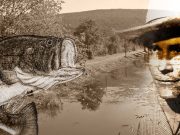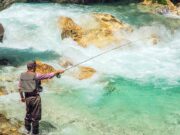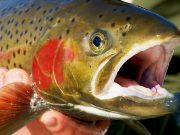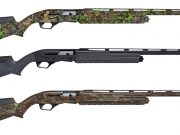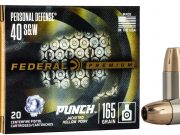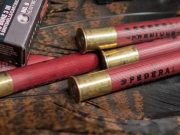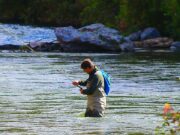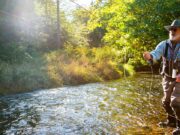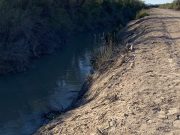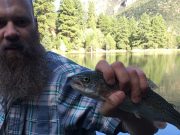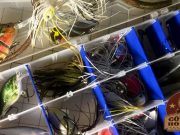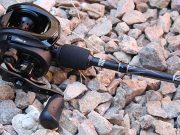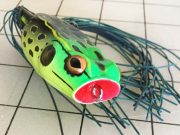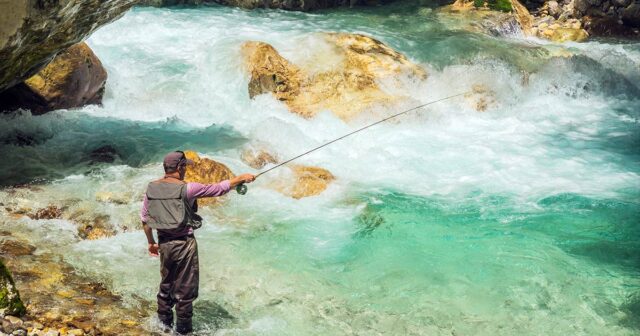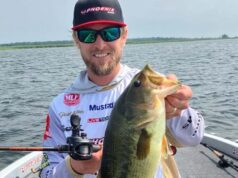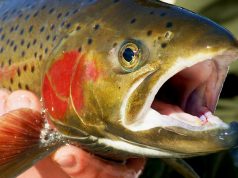When it comes to fishing techniques, there is something special about the ancient art of fly fishing. The history of fly fishing can trace its origins back to ancient times, with evidence of fly fishing being used by the Macedonians, Greeks, and Romans. However, it wasn’t until the 15th century that fly fishing became a popular sport in England.
Thanks to new tackle and equipment development, fly fishing started catching on with the masses in the 19th century. During this time, anglers began experimenting with different types of flies, creating a wide range of flies and techniques.
Charles Ritz is one of the most influential figures in the history of fly fishing and wrote several books on the subject. He is credited with popularizing fly fishing in Europe. Another important figure in the history of fly fishing is Theodore Gordon. Gordon is often called the father of American fly fishing, having introduced many new techniques and flies to the sport. Gordon also established the “Catskill Style” of fly tying.
Fly fishing is much more than just technical equipment and fly selection. It is a sport that requires technique, skill, and patience. This article presents ten tips that can help improve your fly fishing technique.
Tip 1: Master the Basics
To become a successful fly fisherman, the first thing you need to do is master the basics. This includes casting, presentation, and fly selection. Spend time practicing your casting technique in your backyard or a local pond. Once you have mastered the basic cast, try to focus on accuracy, distance, and speed.
Presentation is another important aspect of fly fishing. The key is to present the fly naturally, replicating the behavior of the insect that the fish is used to feeding on. Finally, choose the right fly for the job. There are different types of flies, each designed to imitate a specific type of insect. Do your research and make sure you have the right fly for the job.
Tip 2: Learn How to Read the Water
One of the keys to success in fly fishing is learning how to read the water. This involves understanding the behavior of fish, their food sources, and where they are most likely to be found.
Fish usually feed in areas of the river with slower water flow, where it is easier for them to see and catch insects. Look for areas like riffles, pools, and eddies. Also, pay attention to the bottom of the river, as this can reveal valuable information about where fish are likely to be found.
Tip 3: Use the Right Equipment
Choosing the right equipment can significantly impact your success on the water. While much of this knowledge will come with experimentation and time on the water, if you are getting started, talking to an expert at your local fly shop will help jumpstart your adventure into the world of fly fishing.
Make sure you have the right rod, reel, line, and leader for the type of fishing you are doing. The weight of the rod and line will depend on the size of the fish you are targeting and the size of the flies you are using. For example, if you are fishing for small trout, a 4 or 5 weight rod would be suitable, while an 8 or 9 weight rod would be more appropriate if you are fishing for large salmon.
Tip 4: Practice Makes Perfect
Like any other style of fishing, practice is really the only way to improve your fly fishing technique. The more you practice, the more confident you will become, and the easier it will be to catch fish. Try to practice casting in different conditions – in the wind, in tight spaces, and at different angles. This will help you become comfortable casting in any situation.
- Look for areas where fish can hold or hide, such as undercuts, deep pools, undercut banks, and riffles. These areas provide shelter and protection for fish.
- Focus on fishing during low-light periods, such as early morning or right before dusk, when fish are more active and feeding.
- Choose the right fly and presentation – Select a fly that matches the hatch of insects present in the water, and present it in a way that mimics the natural movement of the insect.
- Observe the water- Make observations on the waterbody you are fishing, such as watching for aquatic insects, fish actively feeding on the surface, or fish rising. Look for any disturbance in the water, such as riffles or boils, which can indicate the presence of fish below.
- Cover more water- While fishing, don’t remain at one spot; move around the river and try different spots until you find where the fish are holding or feeding.
- Lastly, stay stealthy- Keep a low profile, avoid making any loud sounds, and try to approach the river quietly, as this could scare fish away.
Tip 5: Know When to Fish
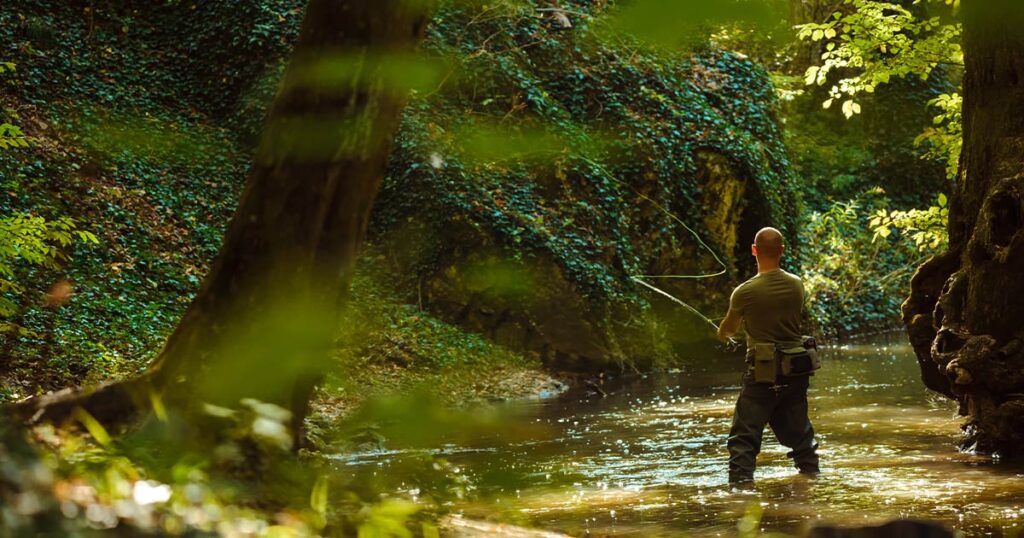
Knowing when to fish can make a big difference in your success on the water. Fish are more active during certain times of the day and in certain weather conditions. Early morning and late evening are often the best times to fish. This is when insects are most active, and fish are looking for food. Overcast days can also be great for fly fishing, as insects are more active during these conditions.
Tip 6: Be Patient
Fly fishing requires patience. It can take time to catch a fish, so it is important to stay patient and persistent. Be prepared to spend several hours on the water, and don’t get discouraged if you don’t catch anything right away.
Tip 7: Use the Right Fly
Choosing the right fly can make a big difference in your success on the water. The key is to choose a fly that imitates the insect that fish are feeding on at that moment. Keep an eye on what insects you see and try to match that in your fly selection.
There are different types of flies, including dry flies, wet flies, nymphs, and streamers. Each one is designed to imitate a specific type of insect. Do your research and make sure you have the right fly for the job.
Tip 8: Know How to Set the Hook
Setting the hook is a critical part of fly fishing. The key is to set the hook firmly but not too hard. If you set the hook too hard, you could break your line, or the fish could get spooked and swim away.
To set the hook, make a quick upward motion with your rod. This will pull the fly into the fish’s mouth and set the hook.
Tip 9: Be Observant
As a fly fisherman, I’ve learned that observation is key. It’s not just casting a line and hoping for the best. No, no, no. To be a truly successful angler, you must first take a few minutes to sit down, take a deep breath, and just take it all in. Feel the breeze on your face, listen to the sounds of the water rushing past you, and become one with your surroundings.
Successful fly fishermen approach every river and stream like CSI detectives, gathering clues along the trail, on the streambanks, and from the air. They go so far as to collect the most prevalent insects in the area, and then use them to match it to something in their fly box. By paying attention to these natural clues, you can make educated guesses about which fly patterns will work best.
I also always keep a fishing journal where I record notes about each outing. Not only do I keep track of the species I catch and the flies I was using, but I also observe the water, weather, wind conditions and anything else that might help me on future trips. By taking the time to observe and record your experiences in a journal, you can gain a better understanding of the environment you are fishing in and become a more successful angler.
Tip 10: Respect the Environment
Finally, it is important to respect the environment while fly fishing. This means practicing catch-and-release and following local regulations. Also, be mindful of your impact on the environment. Avoid disturbing wildlife, and pack out all of your trash and gear.

 <
<
